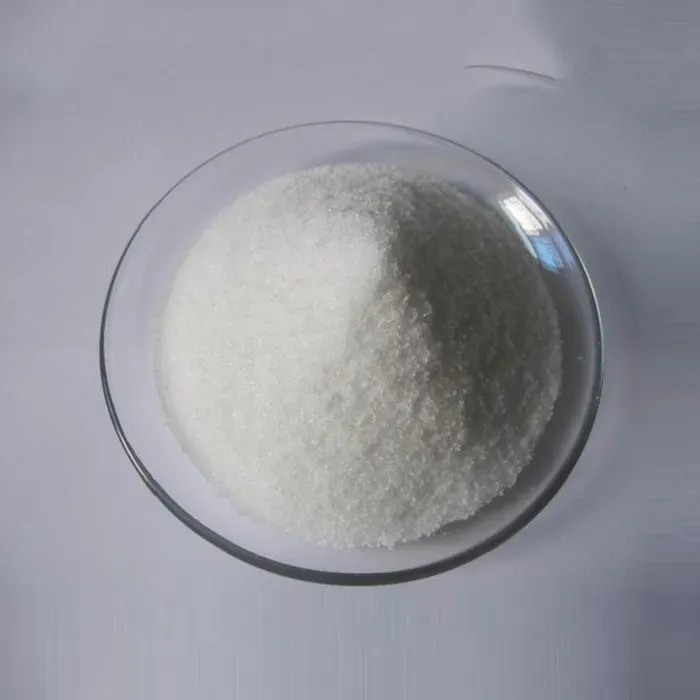Understanding the Active Pharmaceutical Ingredient (API) Process
The realm of pharmaceuticals is intricate, necessitating meticulous care in the production of drugs. Among the various components involved in drug manufacturing, the Active Pharmaceutical Ingredient (API) holds paramount significance. An API is the active substance in a pharmaceutical drug that produces the intended therapeutic effect. The process of developing and manufacturing APIs is both complex and highly regulated, underscoring the need for precision and adherence to stringent quality standards.
The journey of an API begins with the discovery phase, where chemists and researchers work to identify new compounds that could potentially become effective medications. This process often involves high-throughput screening, where vast libraries of chemical substances are tested for biological activity against specific disease targets. Once promising candidates are identified, they undergo a series of preclinical studies to evaluate their safety, efficacy, and pharmacokinetics—how the drug behaves within the body.
Understanding the Active Pharmaceutical Ingredient (API) Process
Following the optimization of the API, rigorous analytical testing is performed. Techniques such as High-Performance Liquid Chromatography (HPLC), Mass Spectrometry (MS), and Nuclear Magnetic Resonance (NMR) spectroscopy are commonly employed to characterize the compound and ensure that it meets the predefined specifications for purity, identity, and potency. Stability studies are also conducted to determine the API's shelf life and how it degrades over time under various conditions.
active pharmaceutical ingredient process

Once the API is fully characterized, the process moves to the manufacturing phase. This step is highly regulated, often requiring compliance with Good Manufacturing Practices (GMP) to ensure product quality and safety. This involves meticulous control of the manufacturing environment, such as cleanroom conditions, equipment calibration, and rigorous personnel training. The synthesis of the API must be performed in large batches while maintaining consistency and quality.
Additionally, the scaling up from laboratory to industrial production presents its own challenges. Parameters established in the laboratory must be adapted to ensure that the API can be produced at a commercial scale without sacrificing its quality. This often involves developing pilot processes and conducting validation studies to confirm that the production process is both effective and reproducible.
Regulatory approval is the final hurdle before an API can be used in drug formulation. Regulatory agencies, such as the U.S. Food and Drug Administration (FDA) or the European Medicines Agency (EMA), require comprehensive documentation that outlines the entire development and manufacturing process, including all data from preclinical and clinical trials. They assess the safety, efficacy, and quality of the API before granting approval for use in humans.
In conclusion, the process of developing and manufacturing Active Pharmaceutical Ingredients is a multifaceted endeavor that requires expertise, dedication, and compliance with rigorous standards. From initial discovery through to regulatory approval, each phase plays a critical role in ensuring that the final product is safe and effective for patient use. As the pharmaceutical landscape continues to evolve, advancements in technology and methodologies will likely further enhance the efficiency and success of the API process.

